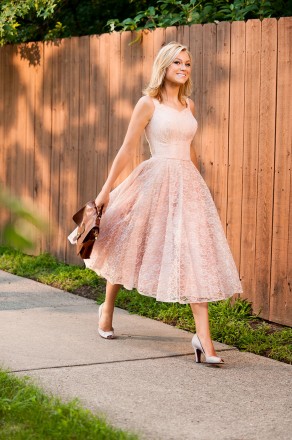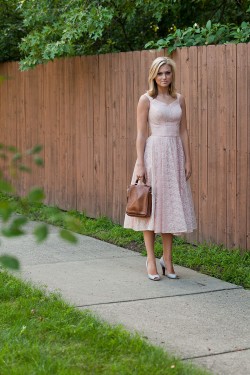Lighting with Cookies to Create Big Shadows with Little Lights
[tps_header]Almost as important as our subject in an image is the scene in which we place that subject. A strong scene can set the tone of an image or tell a story about your subject, and a strong scene isn’t difficult to create. When we approach a setting and begin to work out where and what to light, the placement of the shadows in our image often becomes anafterthought. We’ll share a quick and easy way to take a boring background and add an element of drama to it, along with a few examples of the tools and techniques to do so. After all, we’re lighting the scene, but the truth is our drama lives and dies in those shadows.
[/tps_header]
The Filmmaker’s Cookie
I agree with those who say that to learn portrait lighting, you should study the “Old Masters,” painters like Rembrandt, and their use of chiaroscuro—strong contrasts between light and dark—to sculpt your subjects. But if you want to learn how to really light a whole scene, you need look no further than Hollywood. These film guys work miracles with light and have a few custom tools to help them with their craft. One such handy tool is the cucoloris. Thankfully, it’s also called a cookie for short—much easier to spell and pronounce. A cucoloris or cookie is basically a tool that you shine light though to cast a specific shadow. It just so happens that the directional and zoomable head of flash is ideal for use with these tools. In the film industry, there are a number of preset patterns and materials from which to choose. For our purposes, a cookie can be anything really, from a tree branch to a window frame to one of the carefully crafted pieces you would find on a movie set.



